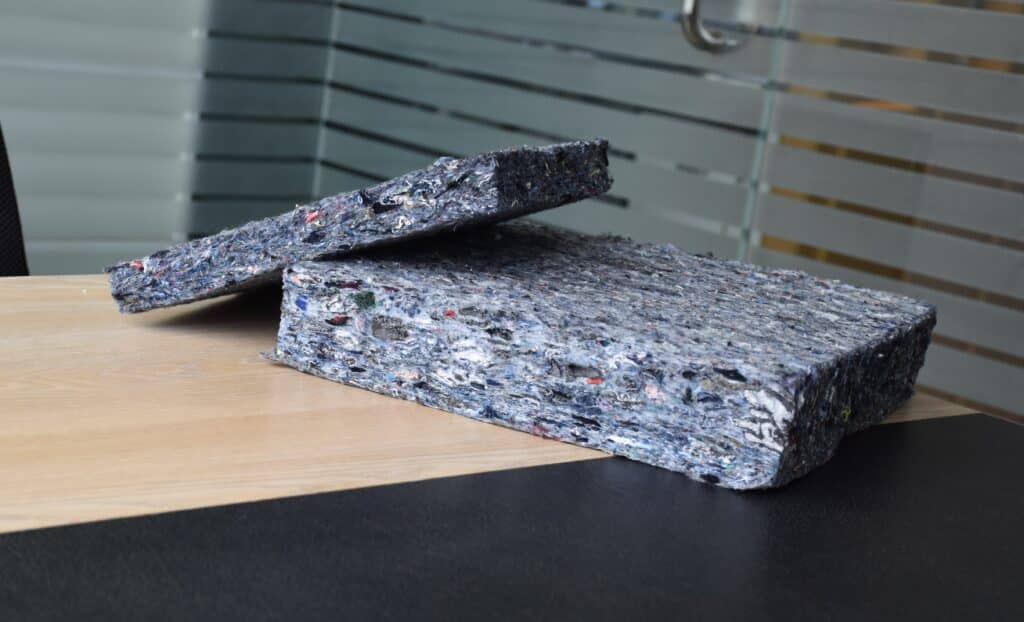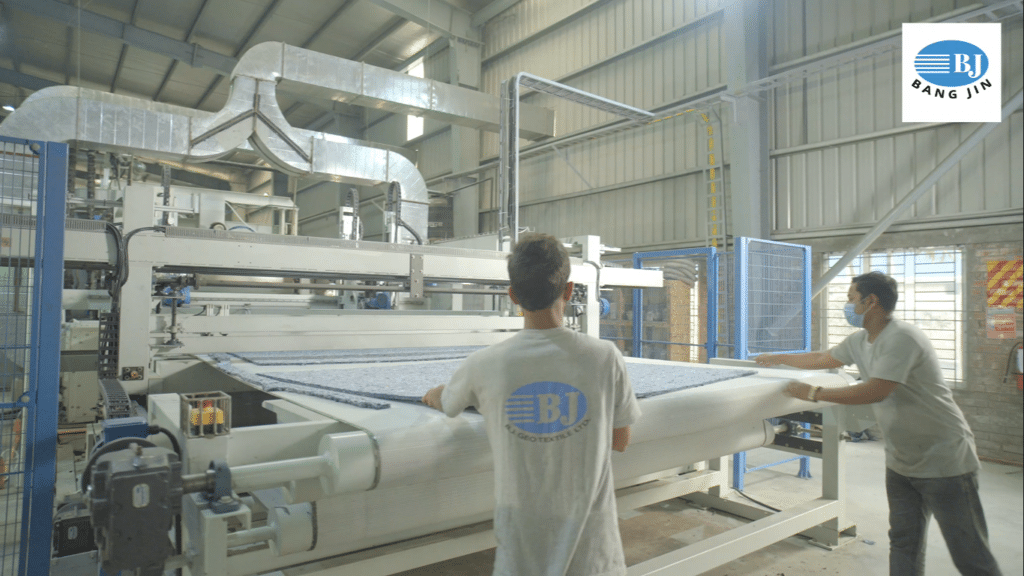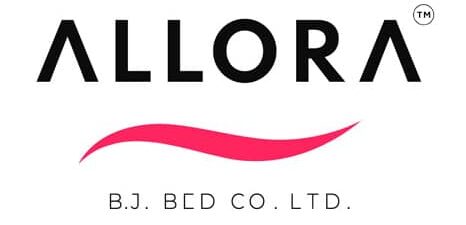Shoddy Felt Mattress Felt: The Eco-Friendly Material
In a world increasingly focused on sustainability and innovation, shoddy felt has emerged as a game-changing material. Made from recycled fibers, this versatile and eco-friendly product is redefining how industries approach manufacturing, design, and environmental responsibility. Let’s dive into what makes shoddy felt so special, its diverse applications, and its potential to shape a greener future.
Table of Contents

What is Shoddy Felt?
Shoddy felt is a type of non-woven fabric traditionally made from recycled wool or textile fibers. The term “shoddy” originally referred to waste materials, but modern advancements have transformed it into a high-performance, sustainable product. Today, shoddy felt is crafted by blending recycled fibers with virgin materials, creating a durable, cost-effective, and environmentally friendly material.
Its production process involves collecting textile waste, cleaning and processing the fibers, and then bonding them together using heat, pressure, or adhesives. The result is a lightweight yet sturdy material that can be customized for various applications.
Why Shoddy Felt?
Eco-Friendly: By utilizing recycled fibers, shoddy felt reduces textile waste and minimizes the need for virgin materials, lowering its carbon footprint.
Cost-Effective: It is an affordable alternative to traditional materials, making it accessible for a wide range of industries.
Versatile: Its adaptability allows it to be used in everything from mattresses to automotive insulation.
Durable: Despite being made from recycled materials, shoddy felt is strong, resilient, and long-lasting.
Applications of Shoddy Felt
Shoddy felt’s versatility makes it a valuable material across multiple industries. Here are some of its most common uses:
1. Mattress and Bedding Industry
Shoddy felt is widely used in mattresses as a padding or insulating layer. It provides excellent comfort, breathability, and support, making it ideal for traditional spring mattresses, memory foam, and hybrid designs. Its eco-friendly nature also appeals to consumers seeking sustainable bedding options.
2. Automotive Industry
In vehicles, shoddy felt is used for soundproofing, insulation, and carpet underlays. Its lightweight yet durable properties help reduce noise and improve energy efficiency, contributing to a smoother and quieter ride.
3. Construction and Insulation
Shoddy felt is an effective insulation material for walls, roofs, and floors. Its thermal and acoustic properties make it a popular choice for eco-conscious builders and architects.
4. Furniture and Upholstery
From sofas to chairs, shoddy felt is used as a padding material in furniture. It adds comfort while maintaining structural integrity, and its recyclability aligns with the growing demand for sustainable furniture.
5. Industrial Uses
Shoddy felt is also used in machinery as a protective layer, filter material, or gasket due to its durability and resistance to wear and tear.
Shoddy Felt Mattress Felt Manufacturer in Bangladesh: B.J. Company Ltd.
B.J. Company Ltd. is a leading shoddy felt mattress felt manufacturer in Bangladesh, specializing in producing high-quality felt materials used in mattresses, insulation, and carpet underlays. With a commitment to sustainability, the company utilizes both recycled and virgin fibers to create durable, eco-friendly shoddy felt mattress felt that meets international standards. Equipped with advanced technology and a skilled workforce, B.J. Company Ltd. ensures superior product consistency, cost-effectiveness, and environmental responsibility. Their shoddy felt mattress felt products are widely trusted by mattress manufacturers for providing excellent support, comfort, and longevity, making B.J. Company Ltd. a reliable partner in the industry.
The Potential of Shoddy Felt
The potential of shoddy felt lies in its ability to address two critical global challenges: waste reduction and sustainable manufacturing. As industries and consumers increasingly prioritize eco-friendly products, shoddy felt is poised to become a mainstream material. Here’s why:
Circular Economy: By recycling textile waste, shoddy felt supports the circular economy, reducing landfill waste and conserving resources.
Customizability: It can be engineered to meet specific requirements, such as thickness, density, and texture, making it suitable for a wide range of applications.
Consumer Demand: With growing awareness of environmental issues, consumers are actively seeking sustainable alternatives, creating a strong market for shoddy felt products.

The Future of Shoddy Felt
The future of shoddy felt is bright, driven by innovation and sustainability. Here’s what we can expect:
Technological Advancements: Improved manufacturing processes will enhance the quality and performance of shoddy felt, making it even more competitive with traditional materials.
Expanded Applications: As research continues, new uses for shoddy felt will emerge, from fashion to advanced industrial applications.
Global Adoption: With governments and organizations pushing for greener practices, shoddy felt will likely see increased adoption worldwide.
Branding and Perception: The term “shoddy” may evolve as the material gains recognition for its sustainability and quality, shedding its historical association with low-grade products.
Shoddy felt is more than just a recycled material—it’s a symbol of innovation and sustainability. By transforming textile waste into a versatile, high-performance product, it offers a practical solution to some of the world’s most pressing environmental challenges. Whether in mattresses, cars, or construction, shoddy felt is proving that sustainability and quality can go hand in hand.
As industries and consumers continue to embrace eco-friendly alternatives, shoddy felt is set to play a pivotal role in shaping a greener, more sustainable future. The question is no longer why we should use shoddy felt, but how soon we can integrate it into every aspect of our lives.
Embrace the change. Embrace shoddy felt.




